Prince of Persia: The Lost Crown Review | At the End of Your Blade
Standing the test of time.
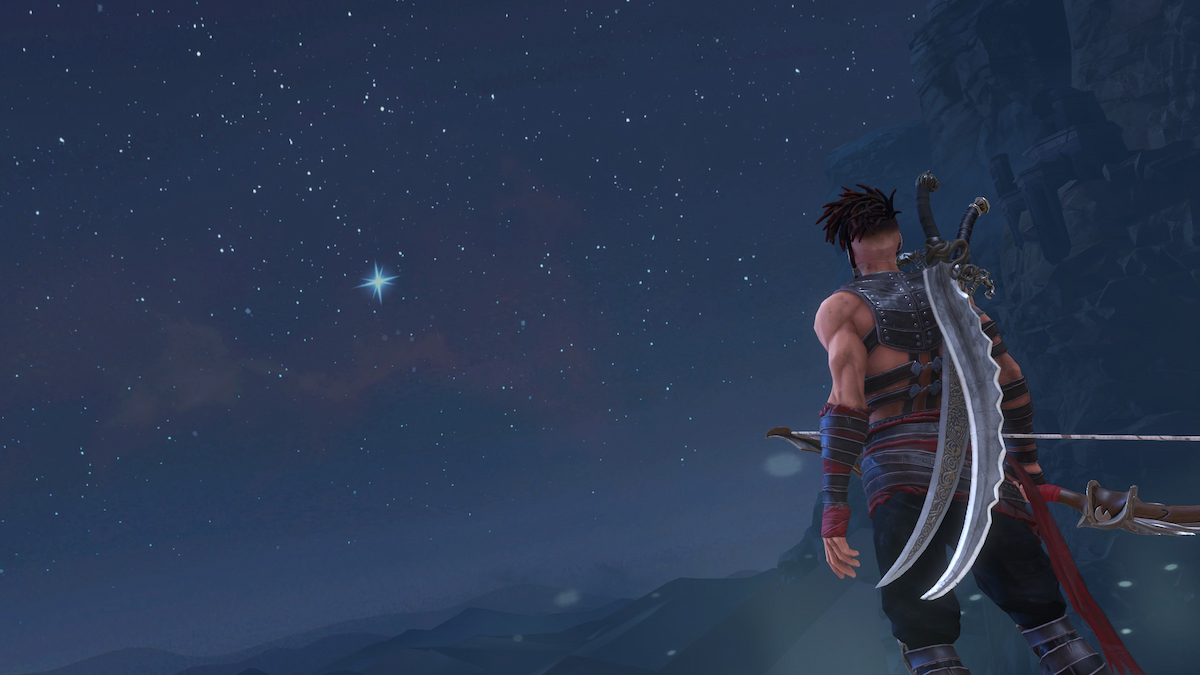
When Jordan Mechner’s Prince of Persia was originally released in 1989 for the Apple II, the world had no idea they were witnessing history in the making. The 2D dungeon-crawling cinematic platformer was one of the first of its kind, inspiring countless titles like Delphine Software’s Another World and Blizzard’s Blackthorne while releasing future titles throughout the 90s and 2000s. Almost 35 years since its debut, the franchise has returned with a new story, harkening back to its side-scrolling roots and adopting what it’s learned along the way.
Not every franchise can reinvent itself and still shine after 30 years, but with Prince of Persia: The Lost Crown, the series proves that it can stand the test of time.
Birds of a Feather
Prince of Persia: The Lost Crown stars a new protagonist, Sargon, who represents one of seven of a group called the Immortals, the mightiest warriors tasked with protecting the Persian Empire and its monarchy. After a taxing battle against Kushan invaders, the Immortals are celebrated by Queen Thomyris and her son Ghassan, the Prince of Persia, who gifts Sargon with his royal sash as a token of gratitude.
As the Immortals bask in their victory, they quickly learn that a once-trusted ally has captured the Prince and taken him towards the ancient Mount Qaf for reasons unknown. Sargon and the dynamic group of Immortals must embark through Persepolis to rescue the Prince, only to find that this isn’t the land they thought they knew. A strange curse befalls Persepolis, twisting time and space within and intertwining the past, present, and future in a tangled mess. Seconds become hours, hours become days, and days become decades.
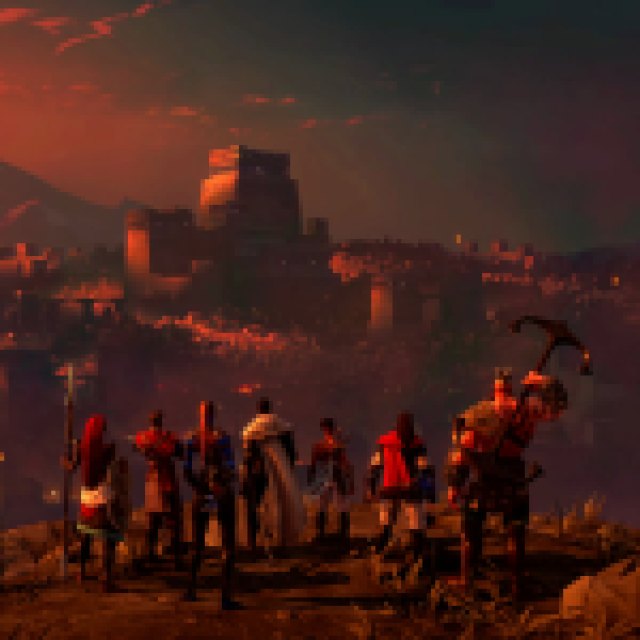
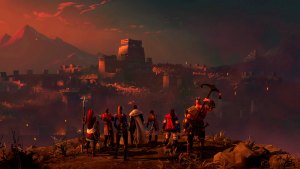
The Lost Crown takes heavy inspiration from Zoroastrian mythology and ancient Persian history, crafting a story that revolves around the mythical bird Simurgh and its many tales while blending the teachings of Ahura Mazda and Persia’s strong regard towards mathematics, philosophy, and literature. Throughout the land of Persepolis are countless lore items to find and stone tablets to read, providing further exposition into The Lost Crown’s take on folk tales, rituals, and customs.
Reading through lore items isn’t the only way The Lost Crown strives to represent the ancient history it’s based on, however, as inspiration spills over almost every facet of the nearly 25-hour journey.
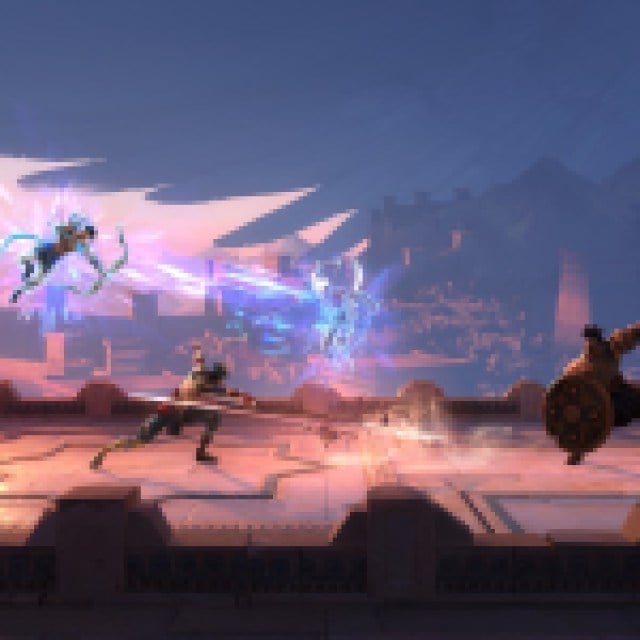
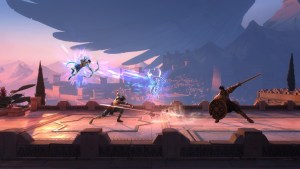
Gorgeously painted backgrounds of Mount Qaf and other locales loom as you explore the vast interconnected world, while Achaemenid-era statues stand tall throughout the streets of Persepolis. While venturing through 13 unique biomes, you’re accompanied by the sounds of French-Iranian composer Mentrix and Ori and the Will of the Wisps’ Gareth Coker who provide a soundtrack full of traditional Persian melodies and instruments. The Lost Crown even includes the option for full Farsi dubbing, a language we rarely hear in the medium but one that makes perfect sense in a story like this.
Leaps and Bounds
Prince of Persia: The Lost Crown is a Metroidvania through and through, and if you’re not a player who cares as much about narrative in the genre, you’ll be happy to know that Ubisoft Montpellier, the team behind critically acclaimed platformers like Rayman Origins and Rayman Legends, nailed every aspect and then some.
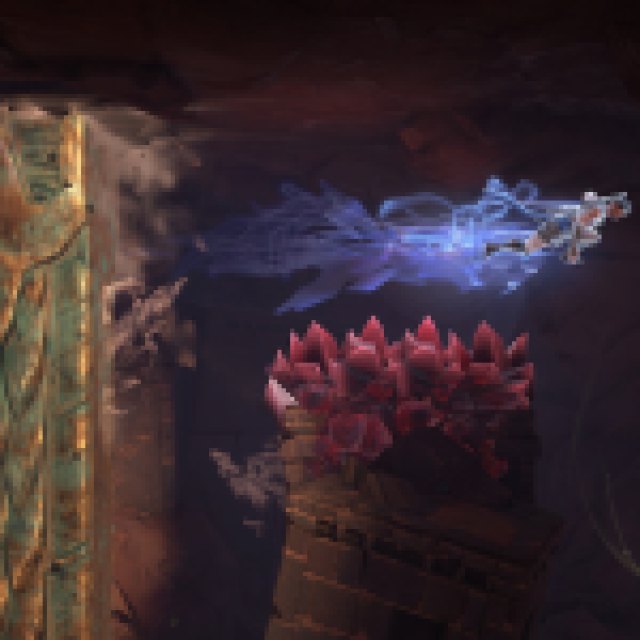
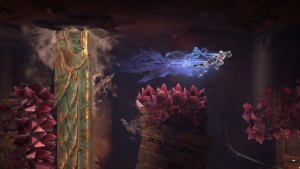
The platforming in The Lost Crown is some of the best I’ve experienced both in and out of the Metroidvania genre. Platforming sections and puzzles are thoughtfully paced, increasing in complexity promptly as Sargon learns new abilities to navigate through them. As you traverse back and forth through previous platforming segments, you’ll naturally figure out smoother ways to coast through with your newly discovered powers. Where many Metroidvanias begin to take their toll with the constant retracing through past areas, The Lost Crown’s platforming never seems to dull, providing a steady flow of enjoyable zipping and zapping throughout its challenging mazes.
“…each fight feels like a cinematic spectacle once you become familiar with Sargon’s tricky arsenal.”
I never found myself skipping past enemies, as the combat in The Lost Crown remained ultra-satisfying until the very end. Like the platforming, each of Sargon’s abilities continues to add layers of depth to his fighting style, giving him plenty of options to best his opponents in stylish grace. Each swing of Sargon’s paired blades feels deliberate, where players can decide whether they’d like to unleash a combo that knocks opponents away, launch them in the air, teleport Sargon behind them, and more. Coupled with the parrying mechanic, each fight feels like a cinematic spectacle once you become familiar with Sargon’s tricky arsenal.
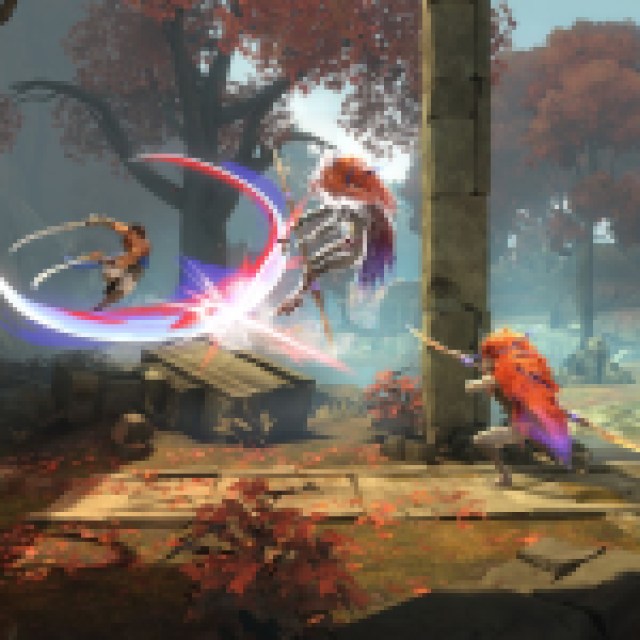
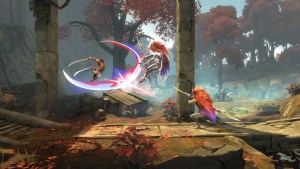
In typical Metroidvania fashion, The Lost Crown has an enormous amount of collectibles to find hidden throughout its world. Each of its distinct areas contains handfuls of items to scavenge for, some plainly visible, while others require tricky thinking and creative usage of abilities to uncover. While the main storyline took around 20 hours to complete, my 100% completion playthrough stretched just past the 40-hour mark. Needless to say, the completionists out there can look forward to quite a bit of gameplay on their plates.
Folks apprehensive about dipping their toes in the Metroidvania genre need not worry either, as Ubisoft Montpellier went above and beyond to make The Lost Crown as accessible as possible to an even wider audience.
Players no longer need infallible photographic memories to remember where they’ve been and where they couldn’t go with the new Memory Shard mechanic. With the press of a button, Memory Shards can take a snapshot of Sargon’s position and immediate surroundings, automatically pinning itself on the map until players no longer need it. At any time, a pinned Memory Shard can be viewed, presenting a screenshot of that exact location and reminding you why you took it in the first place. It’s a feature I never knew I needed in the Metroidvania genre, but now that I’ve experienced it, I never want to go without it again.
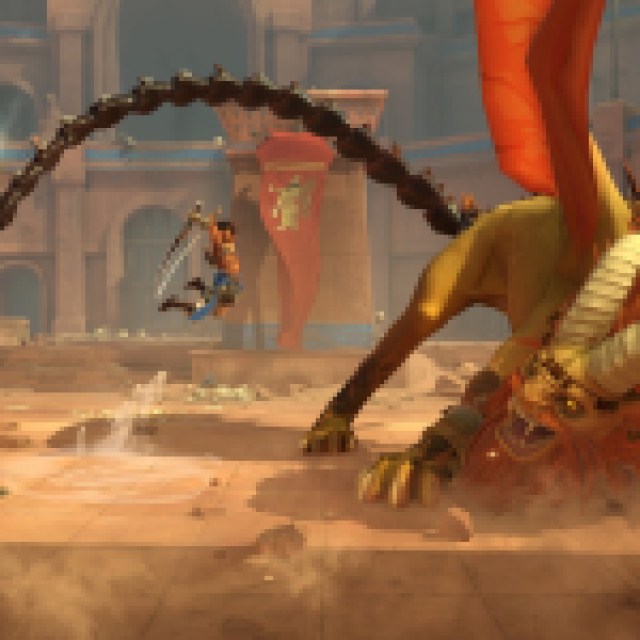
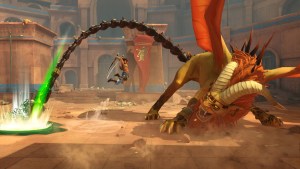
On top of that and its handful of difficulty settings, The Lost Crown provides several accessibility features that can be enabled and disabled at any time. Guided Mode places icons on the map to help direct players toward their next main objective, making navigation easier and keeping the focus on the story. Platform Assist allows players to bypass certain challenging platforming sections, while High Contrast Mode and the handful of adjustable HUD elements offer an alternate visual experience. Controls can be remapped, and other options exist to bypass Quick Time Events and auto-complete actions that require button mashing.
Metroidvanias can be intimidating for some, but The Lost Crown makes sure to welcome players of all skill levels with open arms. Ultimately, it’s one of the best the genre has to offer for seasoned players and a fantastic starting point for those just getting started.
Fit for the Crown
It’s not easy to take a beloved franchise, one with its many iterations, and do it justice. It’s even harder to take it back to its side-scrolling roots and expect to wow a modern gaming audience who may be used to giant, photo-realistic open worlds and endless streams of content. The Lost Crown is a bold take on a classic foundation that proves that, sometimes, remembering the past is the best way forward.
Prince of Persia: The Lost Crown is an exciting adventure that anyone can take part in, whether new to the genre or a Metroidvania veteran. Ubisoft Montpellier’s careful consideration toward making an approachable experience excels on the genre’s strongest points while respectfully representing a deep and rich culture, making it one of the best in its league.

Prince of Persia: The Lost Crown
A cinematic journey that takes a beloved series to new heights, Prince of Persia: The Lost Crown is an adventure that fans of the genre shouldn't miss.
Pros
- Excellent platforming and combat from beginning to end
- Vibrant art style with stunning cinematics
- Exhilarating boss fights and varied enemy design
Cons
- Story beats sometimes miss the mark
- Lack of replayability once completed
A copy of this game was provided by the publisher for review. Reviewed on PC.
